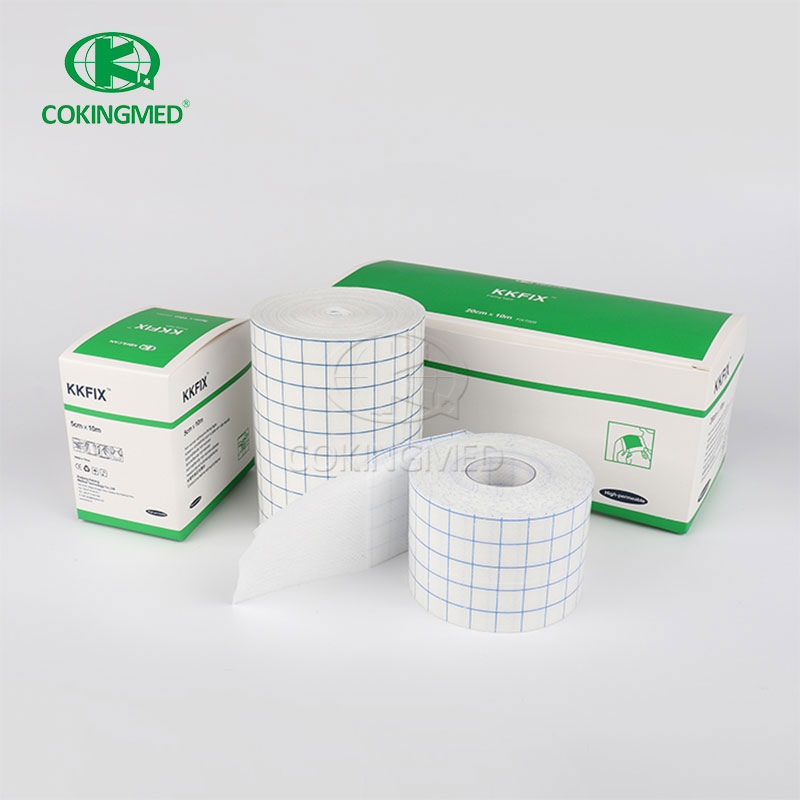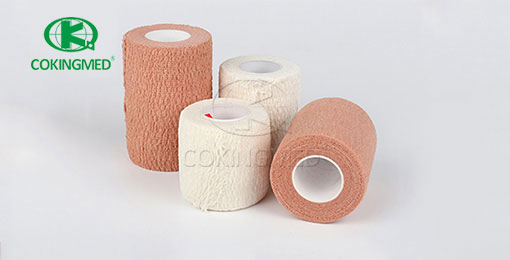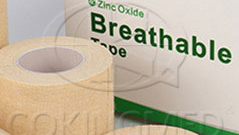How important is it to wear a mask during a pandemic?
The recent epidemic prevention and control situation is severe and complicated, and insisting on wearing face masks scientifically has become the most basic and necessary protection. So what does wearing a mask do? What precautions?

The modes of transmission of COVID-19 include droplet transmission, contact transmission, and limited aerosol transmission. Wearing a mask is an important measure to prevent droplet transmission and aerosol transmission.
Where should Face masks be worn? and circumstances and precautions.
1. When in the crowded places such as shopping malls, supermarkets, cinemas, venues, exhibition halls, airports, docks and public areas of hotels;
2. When taking van elevators and public transportation such as planes, trains, ships, long-distance vehicles, subways, buses, etc.;
3. When in crowded open-air squares, theaters, parks and other outdoor places;
4. When visiting a doctor or escorting in a hospital, when receiving health checks such as body temperature detection, health code inspection, registration of itinerary information, etc.;
5. When symptoms such as nasopharyngeal discomfort, coughing, sneezing and fever occur;
6. When not eating in restaurants or canteens.
What are the precautions for the public to wear masks every day?

Proper use, storage, and cleaning of masks are key to maintaining their effectiveness. It is recommended that the public choose disposable medical masks, medical surgical masks or Face masks of higher protection level, and abide by the following regulations:
1. Wear the mask correctly, ensure that the mask covers the mouth, nose and chin, and the nose clip should be compacted;
2. Masks should be replaced in time when they are dirty, deformed, damaged, or smelly, and the cumulative wearing time of each mask should not exceed 8 hours;
3. It is not recommended to reuse masks used on cross-regional public transportation or in hospitals and other environments;
4. Masks that need to be reused should be hung in a clean, dry and ventilated place when not in use;
5. If you experience discomfort such as suffocation and shortness of breath while wearing a mask, you should immediately go to an open and ventilated place to remove the mask;
6. Carry spare masks when going out and store them in the original packaging bag or a clean storage bag to avoid extrusion and deformation. Discarded masks are classified as other garbage disposals;
7. It is recommended that families keep a small amount of particulate protective masks and medical protective masks for use.







